When you visit Van Helvoort Company (VHC) in Brakel, you enter a sea of Santinis. Led by Bas van Mourik, the family business produces approximately 130 million stems annually across five locations in the Netherlands, spread over nine growing rounds. Bas notes that the small-flowered chrysanthemum variety is gaining ground in the European flower market.
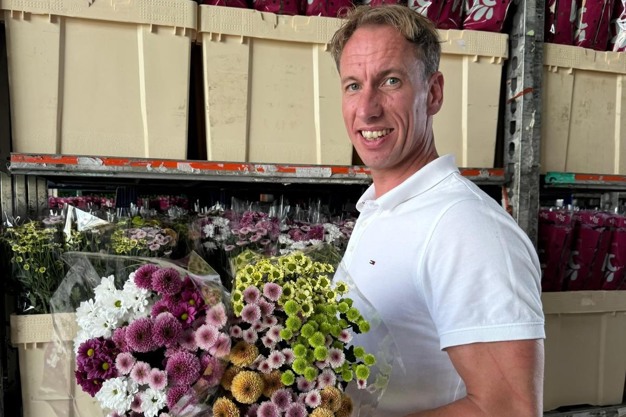
Short cultivation cycle, big result
As we walk through the greenhouse, we immediately notice how meticulously the cultivation rounds at VHC are organized. Santini cuttings are arranged per section, with exact dates provided. "We plant 90 cuttings per square meter, and after seven to eight weeks, they are ready for harvest," he says. "This patch was harvested this morning," Bas says, as we walk past an empty patch. "By the end of the afternoon, the new cuttings will be planted."
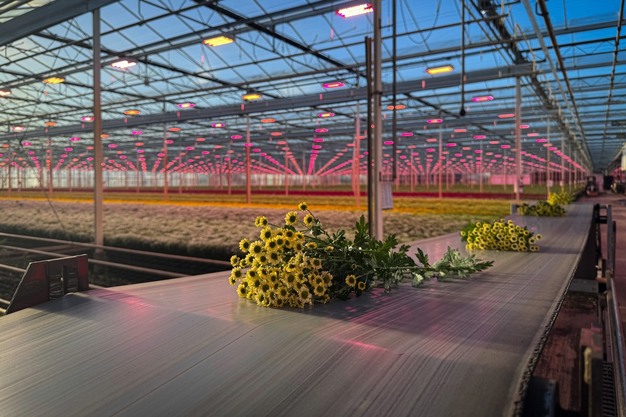
For this process to run smoothly, data plays a crucial role. "Although we cannot influence the market price, we do have control over how we set up our process and the costs we incur," Bas explains.
In this respect, Bas consistently sees new possibilities and opportunities to elevate cultivation to the next level. Technical innovations play a significant role here. Although the use of LED lighting is not new, according to Bas, it certainly helps to ensure consistent quality during the dark winter months. "The combination of technology and years of cultivation knowledge means we can respond well to these circumstances."
Strong position in a competitive market
Unlike the spray chrysanthemum, which is increasingly being overtaken by flowers from countries such as Colombia, the Dutch santini continues to grow in popularity. "The Santini is popular as a filler in bouquets and has a strong position, especially in European retail," he says.
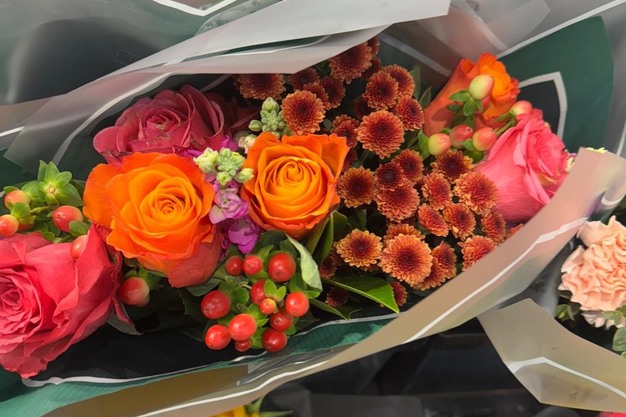
A bouquet in an English Tesco supermarket
"Flowers are increasingly sold through supermarkets as opposed to florists. That makes it important to look closely at what's on the shelves," says Bas, who regularly travels to England or Poland to check out what's on offer in supermarkets there. "The difference between high-segment and low-segment supermarkets is often surprising to me. The bouquets are increasingly similar, although the price may differ slightly."
Packed at source
An important step in VHC's strategy is the introduction of consumer-ready bouquets. The company has been supplying seasonal mixes for some time, but soon it will start making complete bouquets.
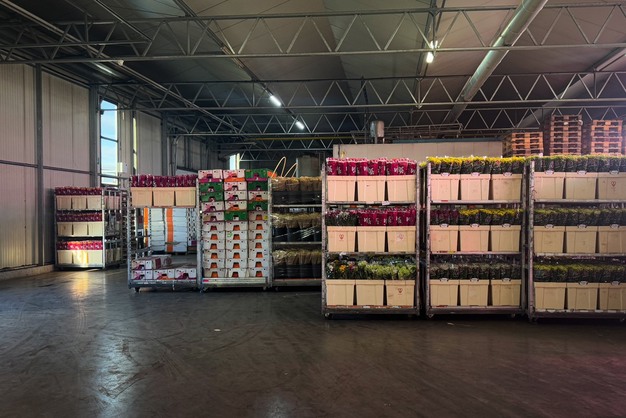
The principle of "packed at source," in which bouquets are delivered directly from the nursery, not only shortens the chain but also increases efficiency. "We consult closely with our customers, such as supermarkets, to improve the chain together. That cooperation is very important for us to build long-term relationships," Bas says.
Market-driven choices
The market is at the center of all VHC's decisions. Bas: "Our investments, such as those in Kenya, are always based on market developments. Once transport by boat from Kenya is possible again, that will ensure a lower footprint. This is something we already see happening in the UK with flowers from Colombia."
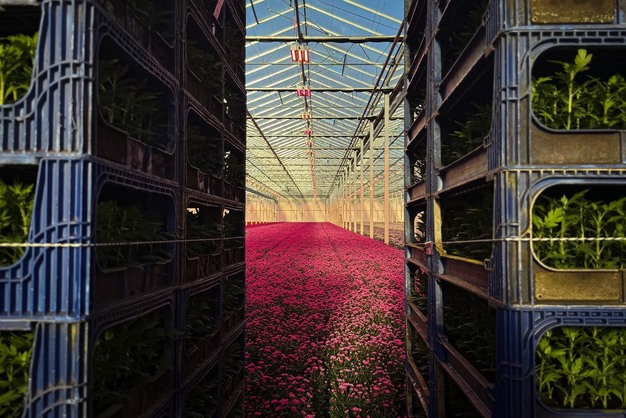
For Bas, standing still is not an option. "I always see opportunities to improve the cultivation of our santinis. Santinis are an important part of bouquets and play an important role in the Dutch market," he concludes, as the sun shines into the greenhouse on this cold winter day.
For more information:
Bas van Mourik
Van Helvoort Company
Tel: +31 (0) 418 67 71 55
[email protected]
www.vanhelvoortcompany.com










